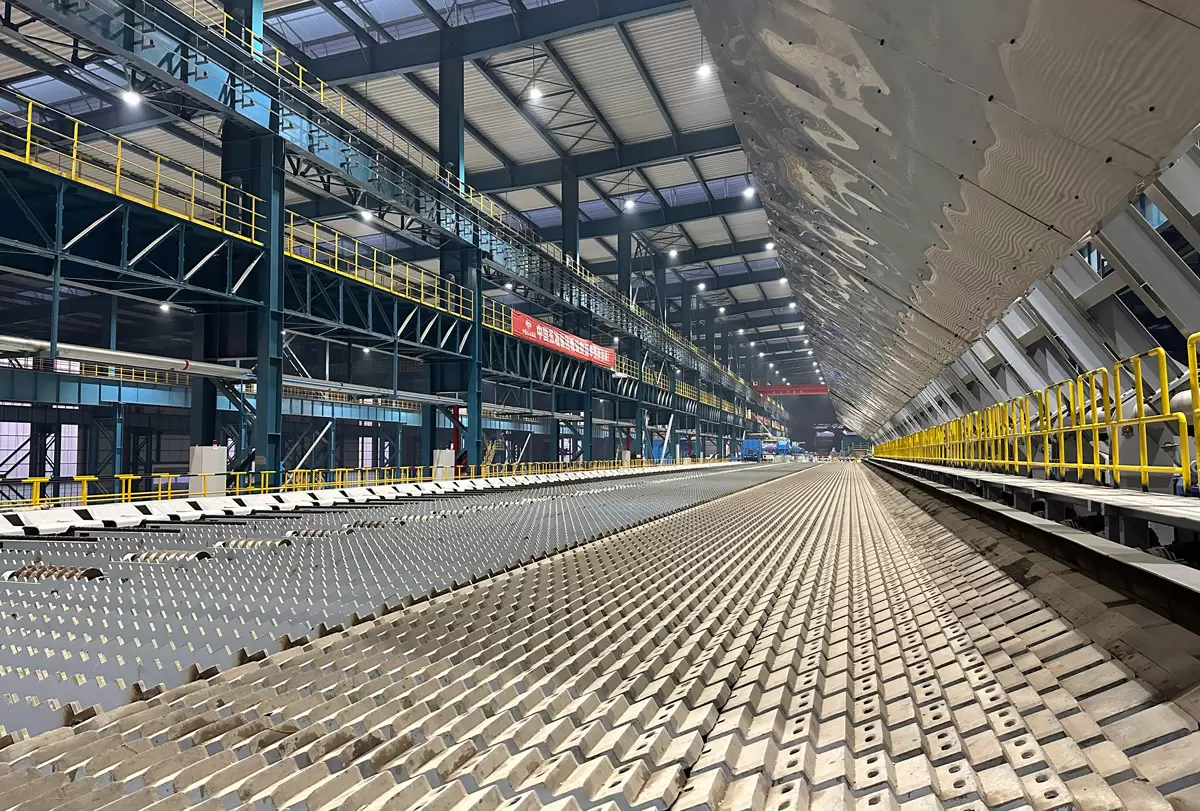In the realm of science and technology, mechanics and engineering mechanics are two closely related yet distinct fields. While both deal with the principles of motion and forces, they differ in their scope, application, and level of analysis. In this blog post, we will delve into the intricacies of mechanics and engineering mechanics, highlighting their differences and shedding light on their respective contributions to the world of engineering.
- Mechanics: The Foundation of Physical Laws
Mechanics, as a branch of physics, focuses on understanding the behavior of physical bodies under the influence of forces. It encompasses classical mechanics, quantum mechanics, and statistical mechanics. Classical mechanics, in particular, deals with macroscopic objects and is governed by Newton's laws of motion. It provides fundamental principles for analyzing the motion, equilibrium, and deformation of objects. - Engineering Mechanics: Bridging Theory and Application
Engineering mechanics, on the other hand, is a specialized branch of mechanics that applies the principles of mechanics to solve engineering problems. It serves as a bridge between theoretical concepts and practical applications in various engineering disciplines. Engineering mechanics encompasses two major subfields: statics and dynamics.
2.1 Statics: Balancing Forces at Rest
Statics deals with the equilibrium of objects at rest or in a state of constant motion. It analyzes the forces acting on structures and systems to ensure stability and prevent failure. By considering the balance of forces and moments, statics enables engineers to design structures that can withstand external loads without collapsing.
2.2 Dynamics: Unraveling the Secrets of Motion
Dynamics, in contrast, focuses on the study of objects in motion or undergoing acceleration. It explores the causes and effects of forces, enabling engineers to predict and control the behavior of moving systems. Dynamics plays a crucial role in designing vehicles, machinery, and other dynamic systems, ensuring their efficiency, safety, and performance.
- The Key Differences
Now that we have a basic understanding of mechanics and engineering mechanics, let's summarize their key differences:
3.1 Scope: Mechanics encompasses a broader range of physical phenomena, including celestial mechanics and fluid mechanics, while engineering mechanics concentrates on the application of mechanics principles to engineering problems.
3.2 Application: Mechanics is a fundamental science that lays the groundwork for various disciplines, including engineering. Engineering mechanics, however, is specifically tailored to address engineering challenges and optimize designs.
3.3 Level of Analysis: Mechanics primarily focuses on theoretical analysis, deriving mathematical models and laws to explain natural phenomena. Engineering mechanics, on the other hand, emphasizes practical applications, employing these theories to solve real-world engineering problems.
Conclusion:
In conclusion, mechanics and engineering mechanics are intertwined yet distinct fields. While mechanics provides the theoretical foundation for understanding the behavior of physical systems, engineering mechanics applies these principles to solve practical engineering problems. By recognizing the differences between these two disciplines, engineers can effectively utilize their knowledge to innovate, design, and optimize solutions that shape our modern world.



More Stories
Kangchi Fastener Manufacturing Unveils Comprehensive Guide on Threaded Rod Specifications and Durability
Crucibles vs. Traditional Containers: Selecting the Best Material for Your High-Temperature Needs
What Is a 78 Connector? Specifications, Applications, and Key Benefits